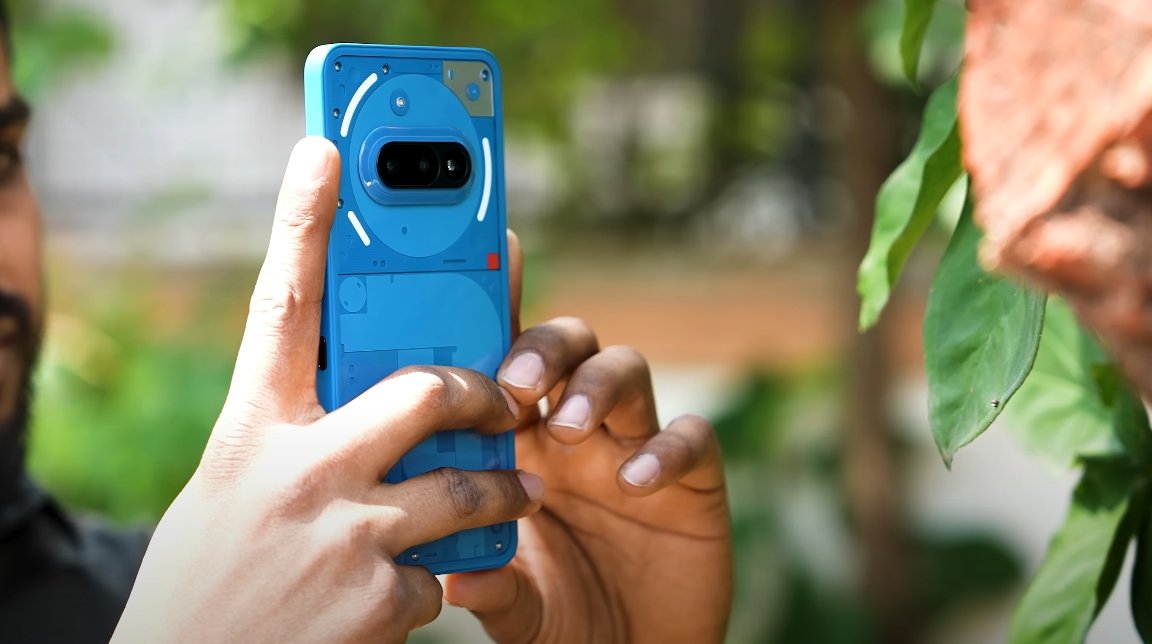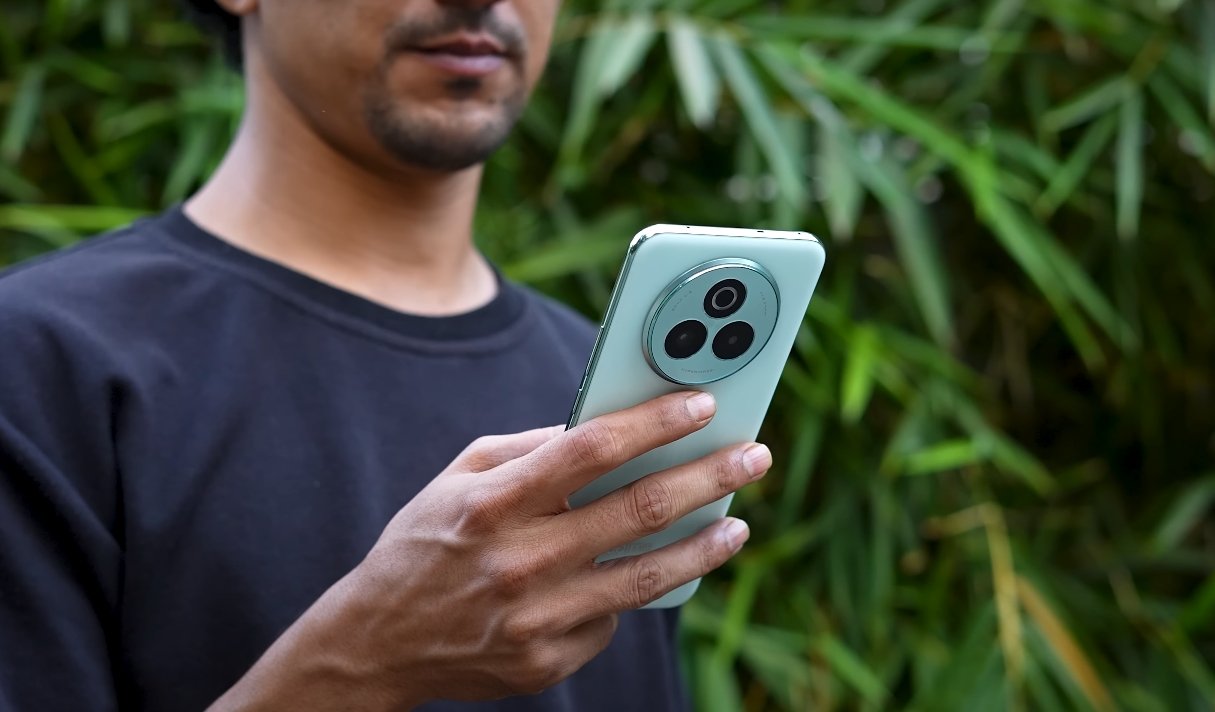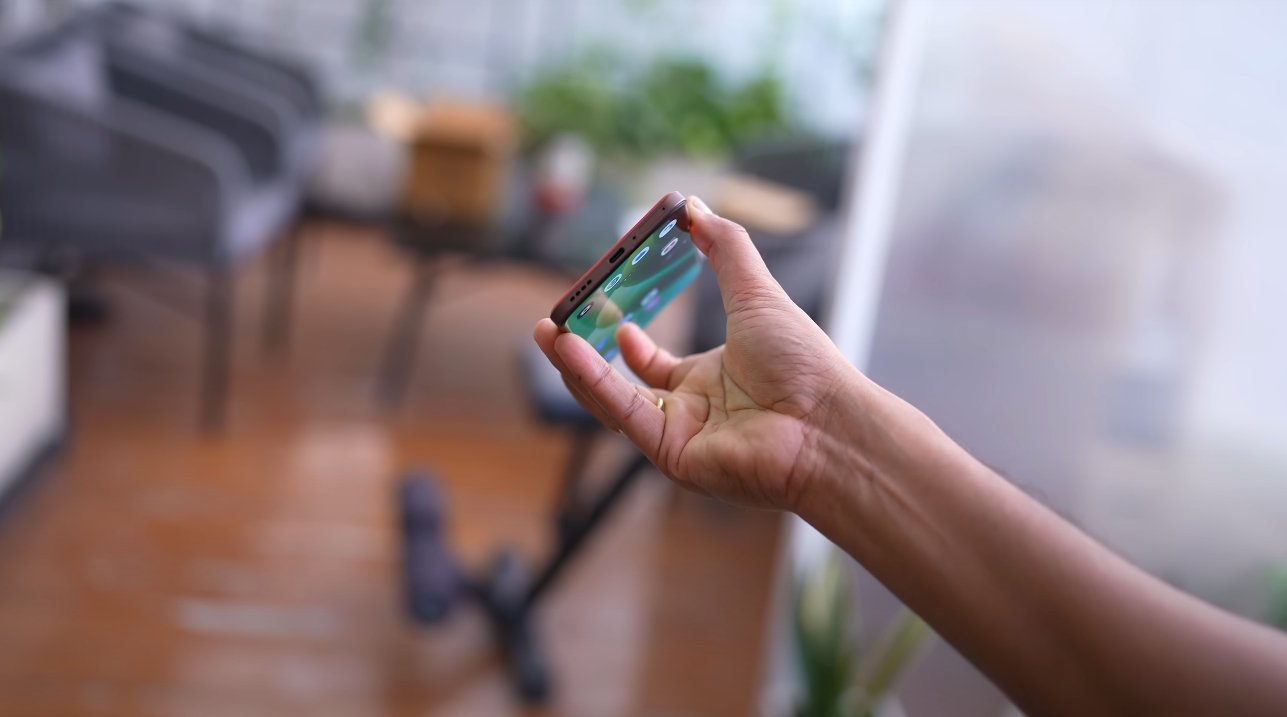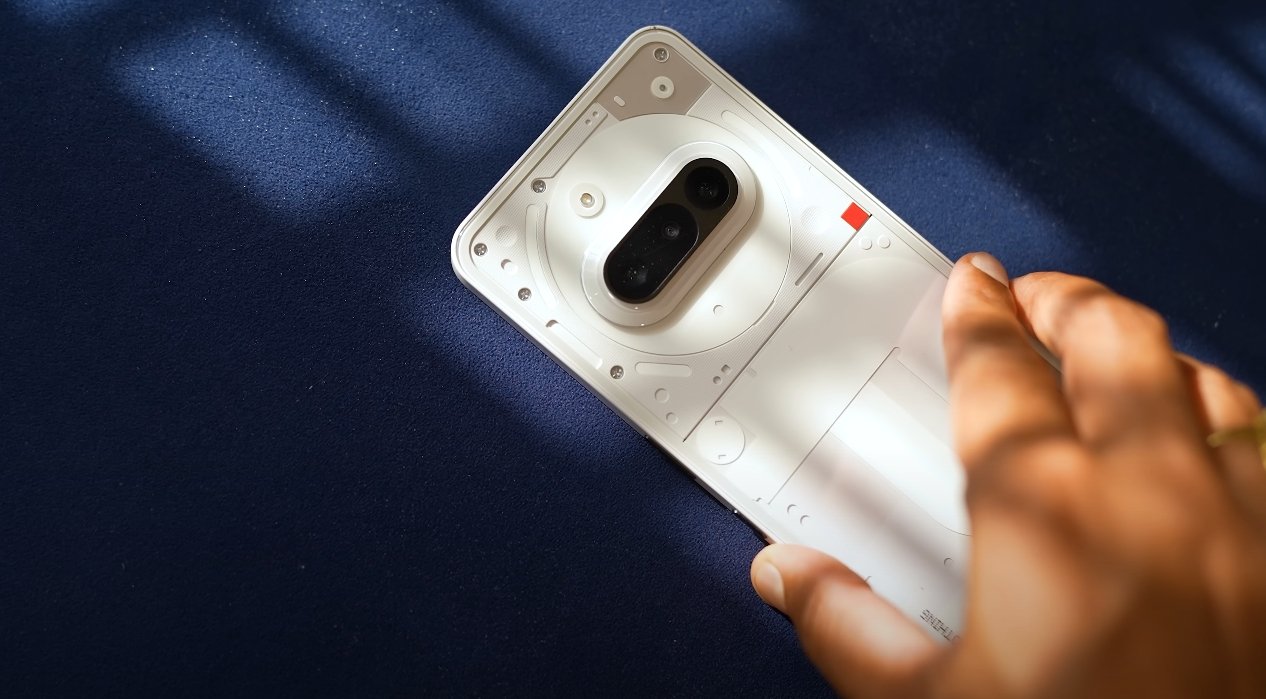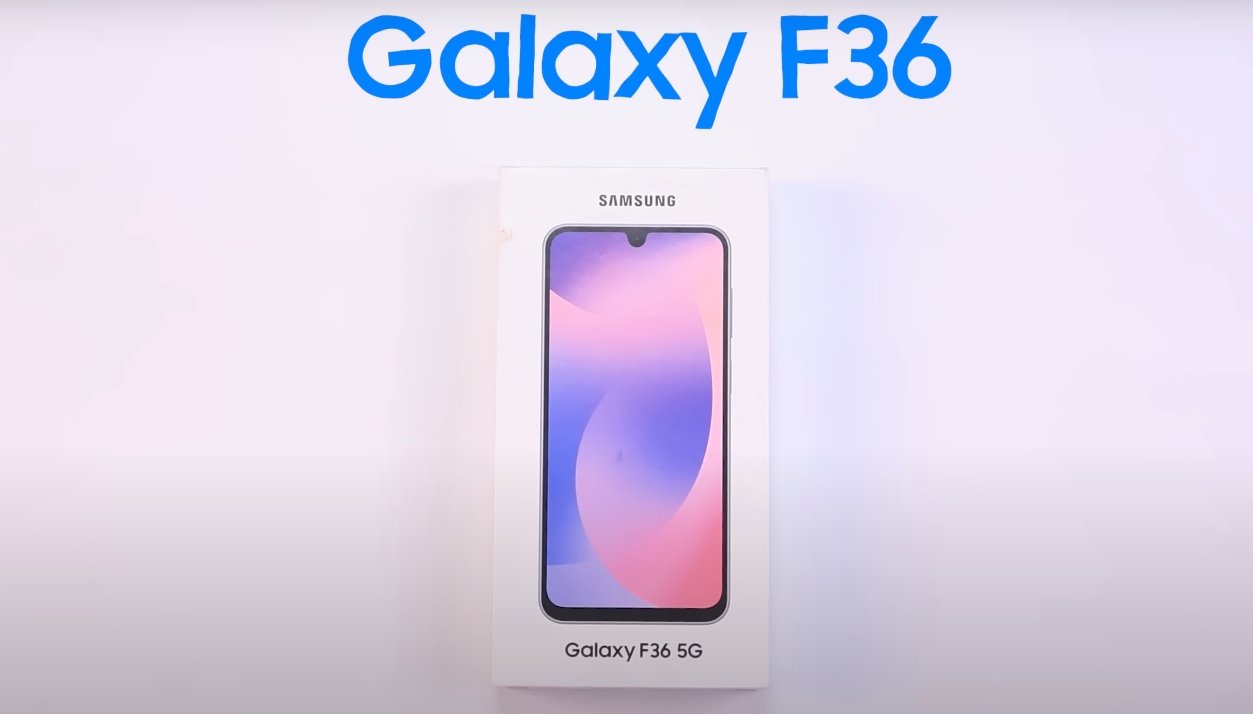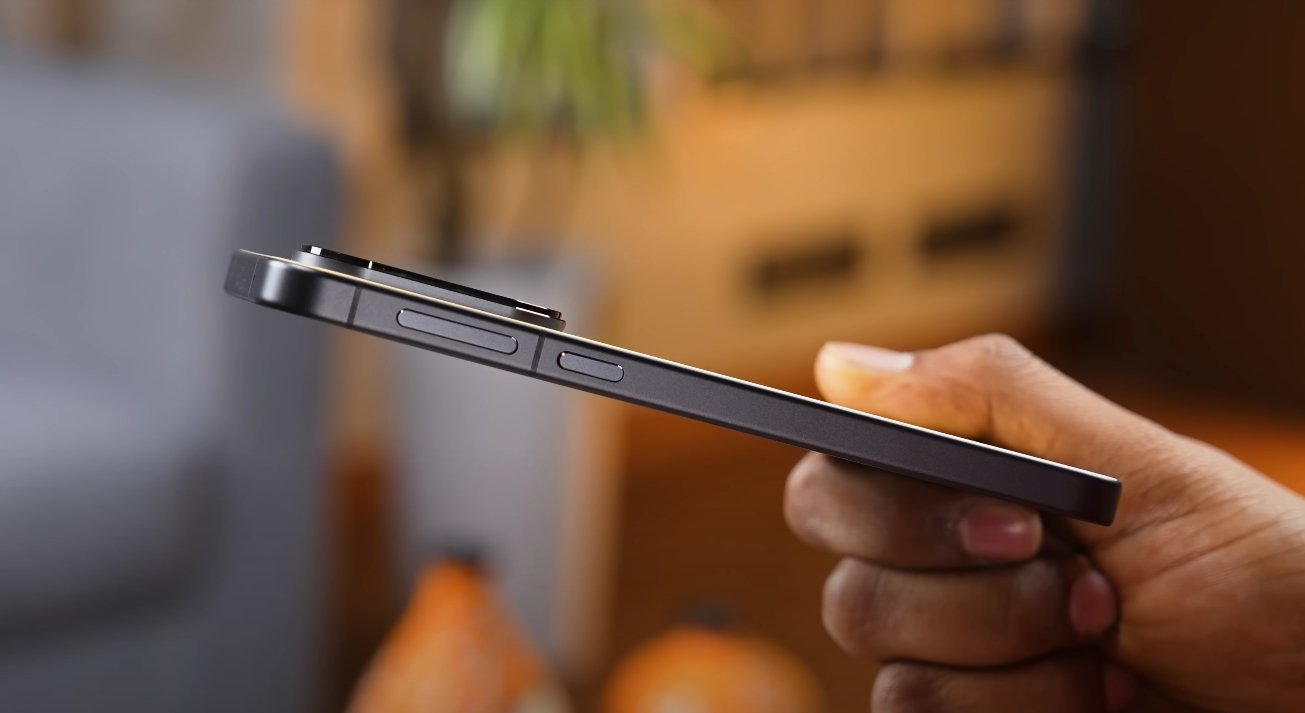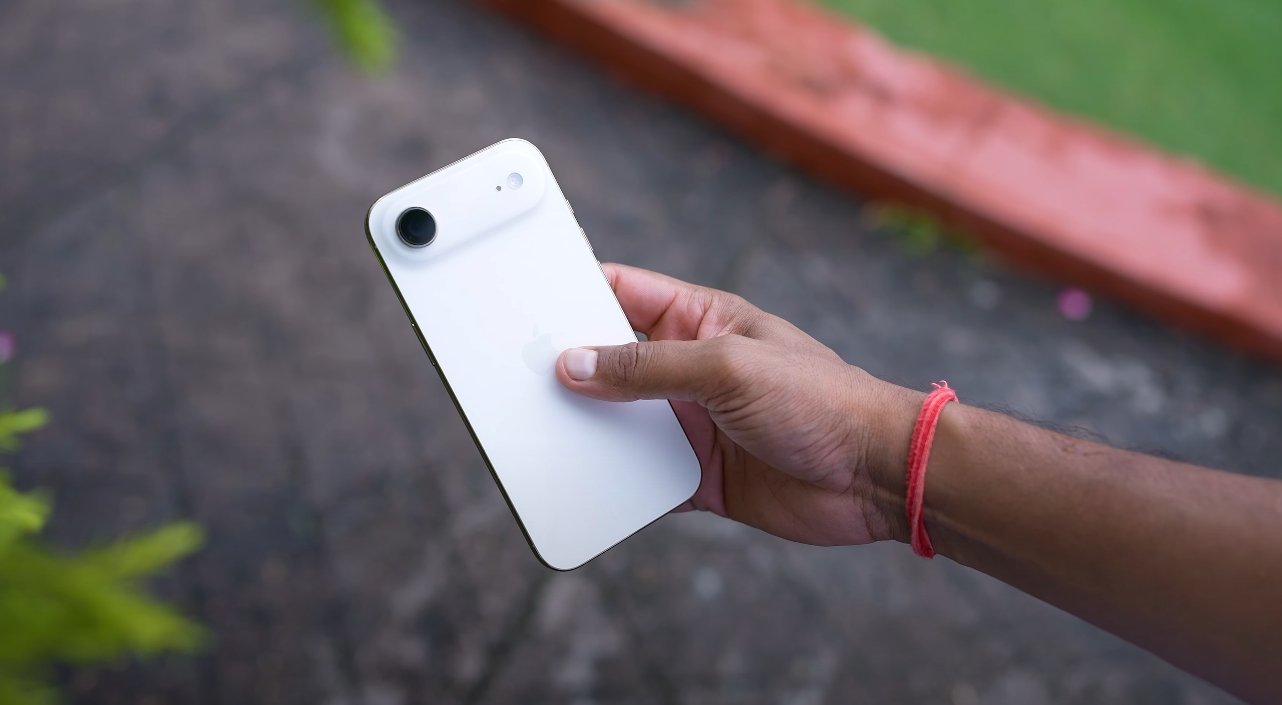Real-world camera experience and quality results in the U.S. market
The Nothing Phone 3A Lite is emerging as one of the most anticipated midrange smartphones of the year, and its camera system has already attracted attention from early users and reviewers. With the company promising a balanced mix of design, software optimization, and imaging performance, the 3A Lite aims to deliver a capable photography experience without the premium price tag. This review focuses on how the camera performs in real-world U.S. conditions, including daylight, indoor, and low-light shooting, as well as its overall video stability and software processing.
In bright daylight conditions, the Nothing Phone 3A Lite performs impressively well for its expected price range. The main camera captures crisp and detailed shots, preserving texture and clarity across a variety of outdoor scenes. Colors lean slightly toward a vibrant and warm tone, giving landscapes and portraits a lively appearance without looking overly artificial. The dynamic range is solid, with the phone managing to handle both shadows and highlights effectively. Skies stay blue, details in clouds remain visible, and faces stay properly exposed even in direct sunlight. Overall, daylight photography feels balanced and consistent, matching what users in the U.S. expect from midrange competitors.
The secondary camera on the 3A Lite—likely an ultrawide lens—adds versatility for capturing broader scenes, architecture, and group photos. The color balance between the main and ultrawide lenses is surprisingly uniform, which helps maintain consistency when switching between modes. While there is a small drop in sharpness around the edges of ultrawide shots, it’s within acceptable limits for this segment. Close-up shots, meanwhile, deliver pleasing results, especially when there’s enough light. The autofocus system quickly locks onto subjects, and the detail captured in textures like fabric or leaves stands out clearly.
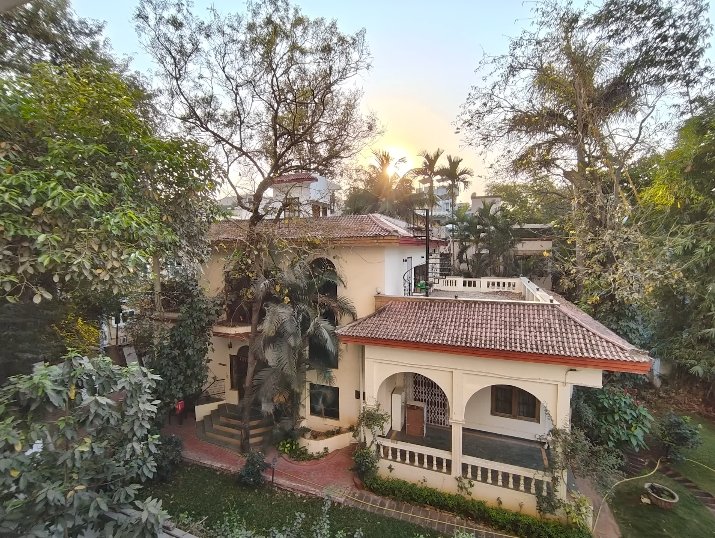
In indoor environments, the Nothing Phone 3A Lite continues to hold its own. Under artificial lighting, it maintains good exposure levels and realistic color tones. However, the image quality can vary depending on lighting temperature—some shots may appear slightly warmer or cooler depending on the setting. Even so, skin tones are rendered well, and noise levels remain under control. For social media uploads or general photography, the results are perfectly usable without requiring post-editing. Portrait mode works effectively too, separating subjects cleanly from the background with a pleasing depth effect that doesn’t look overly processed.
When it comes to low-light performance, the 3A Lite shows both strengths and limitations. Using its built-in night mode, the main camera captures more detail and reduces noise compared to regular shooting modes. Street lights and neon signs appear natural, and exposure is managed intelligently to avoid blown-out highlights. However, darker areas may lose fine texture, and moving subjects can show some blur if the shutter stays open longer. Despite these challenges, for its price range, the night mode results are commendable. Photos remain bright enough to be usable, and the software optimization ensures they still look realistic rather than oversharpened.
Video performance on the Nothing Phone 3A Lite is expected to be equally balanced. The main camera supports high-definition recording with reliable electronic image stabilization, making handheld footage look smoother than expected. In daylight, videos maintain accurate colors and good exposure control, even when panning or moving. The audio recording quality is clear, with the microphones doing a decent job filtering background noise. Indoors or in low light, video quality dips slightly due to visible grain and reduced sharpness, but stabilization continues to perform well. For casual creators and vloggers, the 3A Lite should handle most scenarios comfortably without major compromises.
Selfie performance also deserves mention. The front camera captures bright and clear images under natural light, while maintaining skin tone accuracy. Under artificial lighting, the selfies may occasionally appear softer, but exposure remains consistent. Facial detail is preserved, and background blur in portrait mode adds a professional touch. For video calls and social media, the front camera quality feels dependable and competitive within its category.
Overall, the Nothing Phone 3A Lite’s camera system is shaping up to be one of its strong suits. It doesn’t compete with flagship-grade optics, but for a mid-tier phone, the results are consistently good. In U.S. market conditions—where lighting environments vary widely and users expect instant, reliable results—the 3A Lite proves to be capable and well-optimized. Daylight shots stand out for their vibrancy and clarity, indoor photos look balanced, and night shots deliver usable detail with smart processing.
In conclusion, the Nothing Phone 3A Lite offers a well-rounded camera experience for its expected price point. Whether it’s outdoor photography, portrait shooting, or video recording, the device maintains steady performance with minimal compromises. It captures what most users need—a reliable, fast, and visually appealing image output without unnecessary complexity. For U.S. buyers looking for a stylish, affordable smartphone that performs consistently across everyday camera scenarios, the Nothing Phone 3A Lite seems ready to deliver a satisfying experience.
